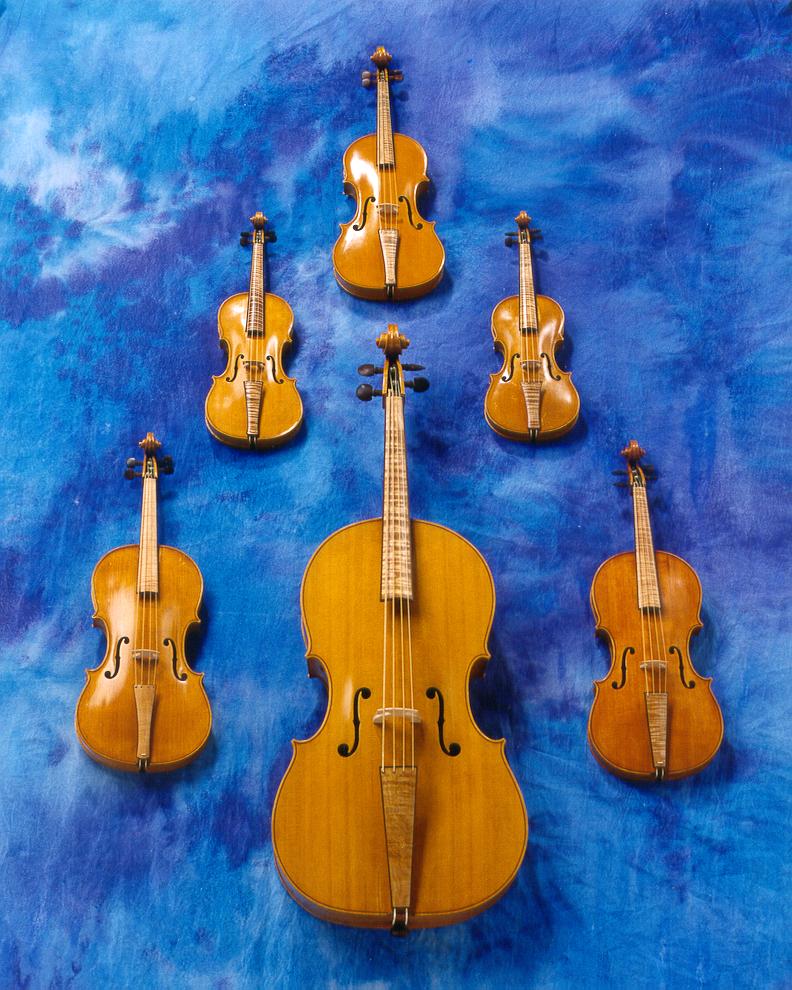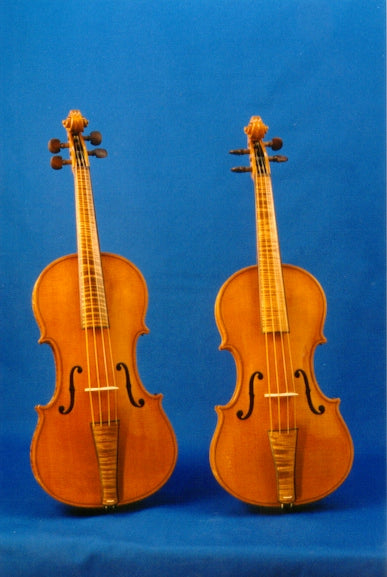Description
This instrument has been SOLD.
#
When Andrea Amati made violins in the 16th century, he made violins as matched sets, or consorts of instruments. The most famous of these is a set of instruments he made during the 1560s and 1570s for the court of Charles IV in France. His mother, Catherine de Medici, loved to dance, imported the instruments and musicians from her Italian homeland for the ‘ballets” and other dances at the French court. The violin as a consort instrument was used through out Europe during the 16th and early 17th centuries for dance music and polyphonic compositions.
I have spent years collecting measurements and information about the extant instruments from this great maker and I am pleased to offer instruments modeled on his work.
The instruments are made with fine materials with careful attention to detail. Before varnishing the instrument is coated with a silicate ground that was developed by David Rubio and has come to be known as the “Rubio Soup.” The varnish I use is made from amber resin according to a 16th century formula and colored in between coats with a madder-lake distilled according to the method devised by David and Nest Rubio.
Original Instrument Specifications:
- Small Pattern Violin: Violin D.8:2, c. 1564 - Now in the Ashmolean Museum, Oxford, England
- Large Pattern Violin: Violin 3366, pre-1577 - Now in the National Music Museum in Vermilion, South Dakota in Vermilion, South Dakota
- Tenor Viola: Viola D.8:1, c. 1574 - Now in the Ashmolean Museum, Oxford, England
- Bass Violin (Violincello): Cello 3351, c. 1560-74 - Now in the National Music Museum in Vermilion, South Dakota
|


